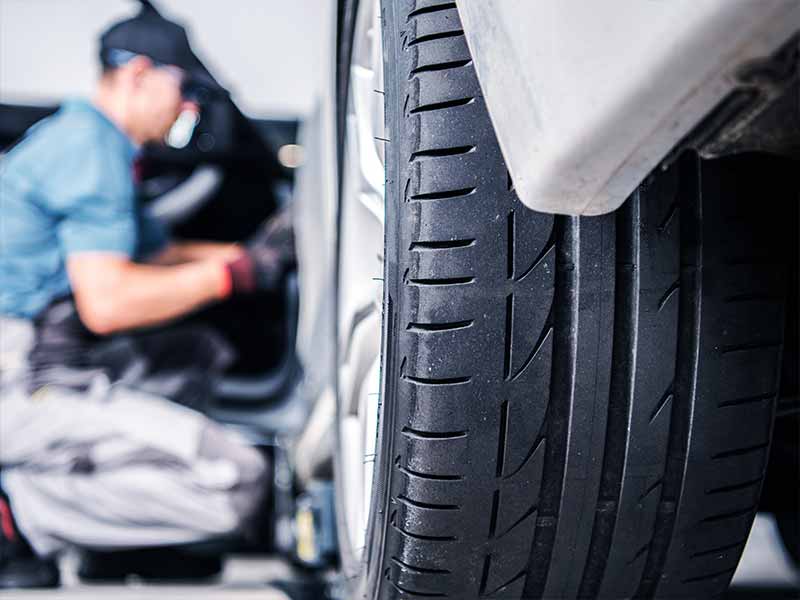What happens when your tires encounter unexpected issues? That’s where tire warranties come in. Understanding how they work can save you time, money, and stress when dealing with tire problems.
How Do Tire Warranties Work?
A tire warranty works by covering specific issues related to the manufacturing, materials, or performance of your tires.
They can include workmanship and materials warranty, mileage and tread life warranty, uniformity warranty, and road hazard warranties, each addressing different aspects of tire performance and durability.
In this article, we’ll explore the ins and outs of tire warranties, from workmanship and materials to road hazard coverage. We’ll also dive into the process of making a warranty claim, and more importantly, what isn’t covered by these warranties.
Let’s take a closer look.
Tire Mileage Warranty Calculator
What Does A Tire Warranty Cover?
When you buy new tires for your car or truck, it’s nice to know that the manufacturer has your back if anything goes wrong. That’s where a tire warranty comes into play. They’re like a safety net that protects you, the buyer, in case you end up with a not-so-great tire.
Types Of Warranties Offered By Manufacturers
Now, it’s important to know that there are different types of warranties, and each of them covers specific issues. The main ones you’ll come across are workmanship and materials warranty, mileage and tread life warranty, uniformity warranty, and road hazard warranties.
Workmanship And Materials Warranty
Workmanship and materials warranty is all about the quality of the tire. If there’s a defect in the way the tire is made or the materials used, this warranty has you covered. It’s there to make sure you don’t end up with a bum tire because of something the manufacturer did or didn’t do.
Tread Life And Mileage Warranty
A tread life and mileage warranty is focused on how long your tires will last. Tire manufacturers often give an estimate of how many miles their tires can go before the tread wears down. If your tires wear out sooner than the estimated miles, this warranty can help you get a replacement or a discount on a new set of tires.
Uniformity Warranty
Uniformity warranty deals with the tire’s shape and balance. Sometimes, a tire might be a little off in its shape or weight distribution, which can lead to vibrations or uneven wear. If that’s the case, the uniformity warranty will kick in and cover you.
Road Hazard Warranties
Finally, there’s the road hazard warranty. This one covers any damage caused by stuff you might run into while driving, like nails, glass, or potholes. It’s kind of like an extra layer of protection for those unexpected bumps in the road.
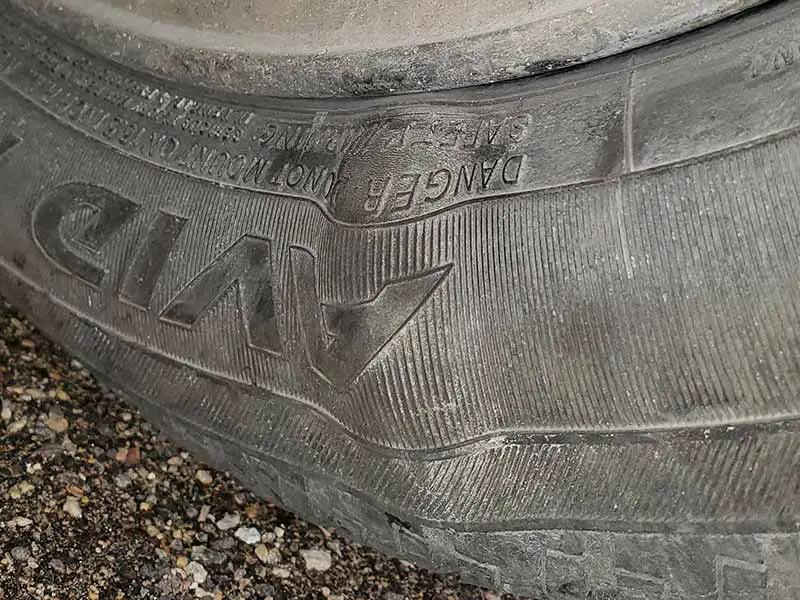
Workmanship And Materials Warranty
Workmanship and materials warranties are all about the quality of the tire itself. If there’s a defect in the manufacturing process or the materials used, this warranty is there to help you out.
Examples Of Workmanship And Materials Defects
So, what kind of defects are we talking about? Let’s say you notice that the tread on your tire is separating from the body of the tire, or maybe there’s a crack in the sidewall that’s not caused by normal wear and tear. These are examples of issues that could be due to problems with how the tire was made or the materials used in its construction.
If you spot a defect like this, the workmanship and materials warranty can come to your rescue. The manufacturer will typically replace the defective tire with a new one at no cost to you. Keep in mind, though, that the warranty usually only covers tires that haven’t been used too much. So, if you’ve been driving on the tires for a while, the warranty might not apply.
Another thing to keep in mind is that workmanship and materials warranties usually only last for a certain period of time, like three or four years from the date you bought the tires. After that, the warranty expires, and you’re on your own if you discover any defects. So, it’s a good idea to inspect your tires regularly, especially when they’re still under warranty, just in case you spot any issues.
Mileage And Tread Life Warranty
Mileage and tread life warranties focus on how long your tires will last before the tread wears down. Manufacturers often give an estimate of how many miles their tires can go before they need to be replaced, and this warranty is there to make sure they live up to that promise.
How Mileage Is Determined
When a tire has a mileage and tread life warranty, it means that the manufacturer guarantees the tire will last for a certain number of miles. If the tread wears down sooner than the estimated mileage, you could be eligible for a replacement or a discount on a new set of tires.
Prorated Replacement Costs
But hold on a second! There’s a bit of fine print to be aware of. Most of the time, these warranties offer what’s called “prorated” coverage. What does that mean? Well, instead of getting a completely free replacement, you might get a discount based on how much tread life is left on the tire. So, if your tire wore out halfway through its expected mileage, you could get a 50% discount on a new tire.
To make sure you can take advantage of this warranty, you’ll need to keep track of a few things. First, keep an eye on your tire’s tread depth. You can use a simple tool called a tread depth gauge, or you can even use a penny (the old “penny test”). Also, make sure you hold onto your original purchase receipt and any maintenance records for your tires. Manufacturers usually want to see proof that you took care of your tires properly, like rotating them regularly and maintaining the right air pressure.
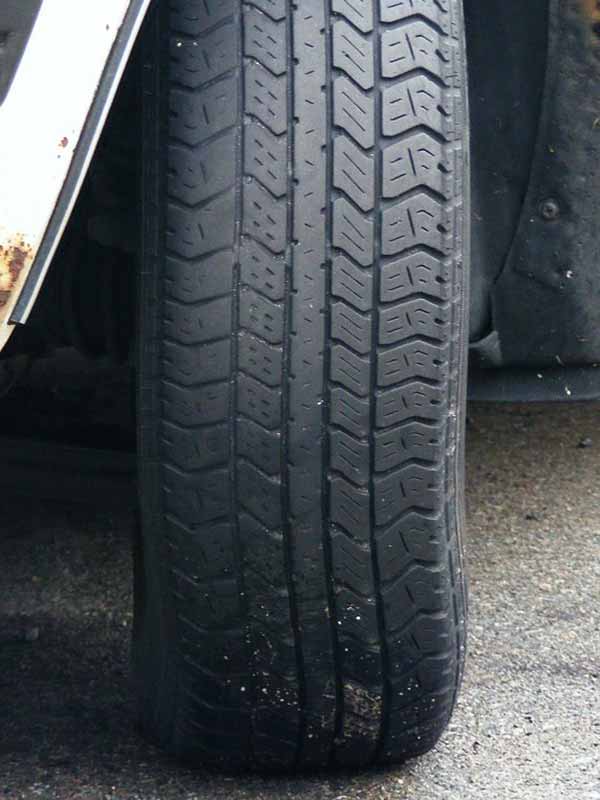
Uniformity Warranty
Uniformity warranty deals with the tire’s shape and balance. Sometimes, a tire might be a little off in its shape or weight distribution, which can lead to vibrations or uneven wear. If that’s the case, the uniformity warranty will kick in and cover you.
Issues Related To Tire Uniformity
Some common issues related to tire uniformity include uneven tread wear, out-of-round tires, or tires that cause vibrations when driving. These problems can affect your car’s ride quality and even lead to premature wear of your suspension components.
Duration Of Uniformity Warranty
It’s important to note that uniformity warranties usually don’t last as long as other types of warranties. They often cover a specific period of time or a certain number of miles, whichever comes first. For example, a uniformity warranty might cover your tires for the first 6 months or 6,000 miles. After that, you’re on your own if you discover any uniformity issues.
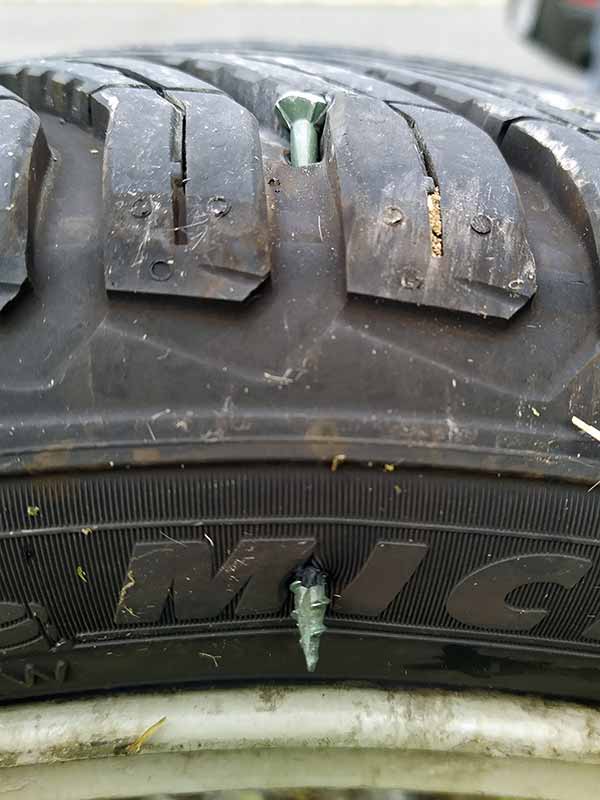
Road Hazard Warranties
Road hazard warranties are a bit different from the other warranties we’ve talked about. This one covers any damage caused by stuff you might run into while driving, like nails, glass, or potholes. It’s kind of like an extra layer of protection for those unexpected bumps in the road.
Examples Of Road Hazards
Some common road hazards that can damage your tires include sharp objects like nails or screws, broken glass, large rocks, or hitting a deep pothole at high speed. These types of incidents can puncture or damage your tires, leaving you with a flat or even a blowout.
How Road Hazard Warranties Work
Road hazard warranties often provide coverage in the form of a prorated discount on a replacement tire, similar to mileage and tread life warranties. For example, if you encounter a road hazard that damages your tire when it still has 75% of its tread life left, the warranty might cover 75% of the cost of a new tire.
Keep in mind that road hazard warranties usually have specific terms and conditions, and not all tire manufacturers offer them. Some road hazard warranties may also require you to pay an additional fee when you purchase your tires, or they might be included as part of a tire package.

What Is Not Covered By Tire Warranties?
Warranties can provide valuable protection against certain types of issues, but they don’t cover everything. Normal wear and tear, improper maintenance, accidents, vandalism, and tires purchased from unauthorized dealers are usually not covered. To make the most of your warranty, be sure to follow proper tire care guidelines and purchase your tires from a trusted source.
Normal Wear And Tear
It’s important to understand that warranties don’t cover everything. One key thing to remember is that normal wear and tear on your tires is not covered by any warranty. Tires naturally wear down as you drive, and eventually, they’ll need to be replaced.
Improper Maintenance Or Misuse
Another thing that’s typically not covered by tire warranties is damage caused by improper maintenance or misuse. For example, if you don’t keep your tires properly inflated, rotate them regularly, or drive at excessive speeds, you might find that your warranty won’t cover any resulting issues. It’s essential to follow the recommended tire maintenance schedule and adhere to proper driving practices to avoid voiding your warranty.
Damage From Accidents Or Vandalism
Accidents and vandalism are also generally not covered by tire warranties. If your tires are damaged in a car accident or someone intentionally damages them, you’ll likely need to rely on your auto insurance to help cover the cost of repairs or replacements.
Tires Purchased From Unauthorized Dealers
Be cautious when buying tires from unauthorized dealers or online marketplaces. Some tire manufacturers may not honor their warranties if the tires were purchased through unauthorized channels. To ensure your warranty is valid, always purchase your tires from a reputable, authorized dealer.

How To Get Tires Replaced Under Warranty
To get your tires replaced under warranty, start by checking your warranty coverage, gather any necessary documentation, and visit an authorized dealer or service center. They’ll help you submit your warranty claim and guide you through the replacement process. Just remember that the warranty may not cover all costs, so be prepared for any additional fees.
Check Your Warranty Coverage
If you think you have a tire issue that’s covered by warranty, the first step is to check your warranty coverage. Review the terms and conditions of the warranty to make sure the issue you’re experiencing is covered and that your warranty is still valid.
Gather Necessary Documentation
Next, gather any necessary documentation, such as your original purchase receipt, proof of tire rotation, and records of any tire maintenance you’ve performed. This information may be required when you submit a warranty claim to prove that you’ve properly cared for your tires.
Visit An Authorized Dealer Or Service Center
To get your tires replaced under warranty, you’ll need to visit an authorized dealer or service center. They will inspect your tires to determine if the issue is covered by warranty and if so, they’ll help you with the replacement process.
Follow The Dealer’s Or Manufacturer’s Instructions
Once you’re at the authorized dealer or service center, follow their instructions for submitting your warranty claim. They may need to contact the tire manufacturer on your behalf or guide you through the process of submitting the claim directly to the manufacturer.
Replacement Or Prorated Discount
Depending on the type of warranty and the specific issue with your tire, you may receive a full replacement or a prorated discount on a new tire. Keep in mind that even with a warranty, you may still need to cover some of the costs, such as mounting and balancing fees.
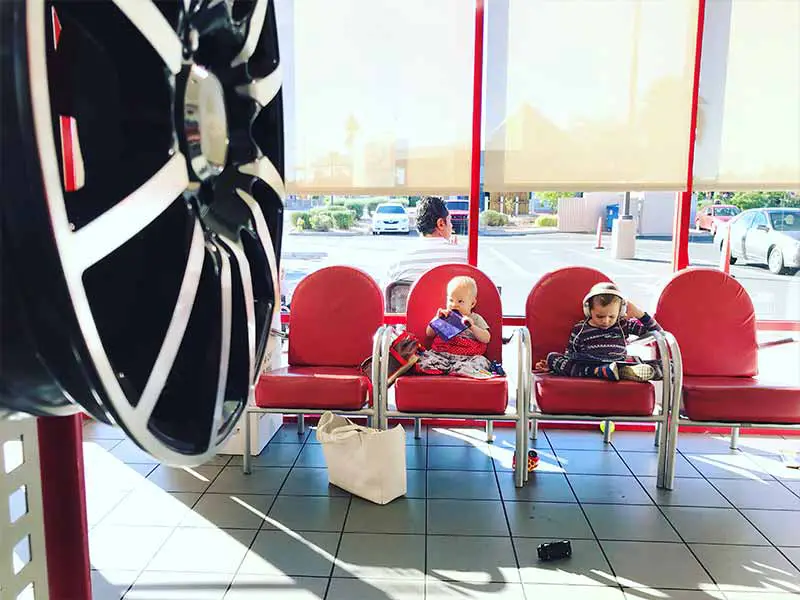
How To Make A Warranty Claim
To make a tire warranty claim, start by reviewing your warranty terms, inspecting your tires, and gathering necessary documentation. Contact the authorized dealer or manufacturer and follow their instructions for submitting the claim. Keep in mind that even if your claim is approved, you may still need to cover some additional costs associated with the tire replacement.
Review Your Warranty Terms
Before making a warranty claim, it’s essential to review the terms and conditions of your tire warranty. Make sure you understand what’s covered, any limitations or exclusions, and the duration of the warranty.
Inspect Your Tires
Inspect your tires for any issues that might be covered under warranty, such as defects in workmanship, materials, or uniformity. Take note of any visible damage, unusual wear patterns, or other concerns.
Gather Necessary Documentation
Gather any required documentation, such as your original purchase receipt, proof of tire rotation, and records of any tire maintenance you’ve performed. This information may be needed to support your warranty claim.
Contact The Authorized Dealer Or Manufacturer
Once you’ve gathered your documentation and identified the issue, contact the authorized dealer where you purchased your tires or the tire manufacturer directly. Explain the issue you’re experiencing and provide any necessary documentation.
Follow Their Instructions For The Claim Process
The dealer or manufacturer will guide you through the warranty claim process. They may ask you to bring your vehicle in for an inspection, submit photos of the issue, or provide additional information. Follow their instructions carefully to ensure your claim is handled smoothly.
Resources
Below are some links you may find helpful when learning about tires
Final Thoughts
The key to making the most of your tire warranty is staying informed and taking proper care of your tires. As the famous saying goes, “An ounce of prevention is worth a pound of cure.”
Keep an eye on your tires, follow maintenance guidelines, and drive safely. With the right knowledge and care, you can enjoy a smoother ride and peace of mind on the road.
Good luck and happy motoring.
